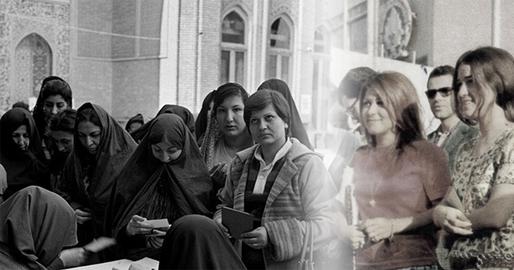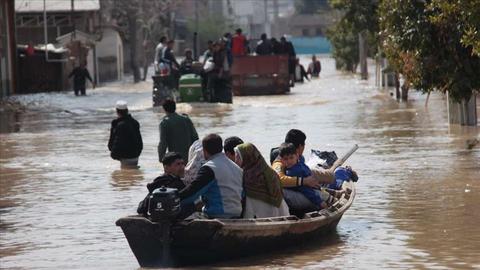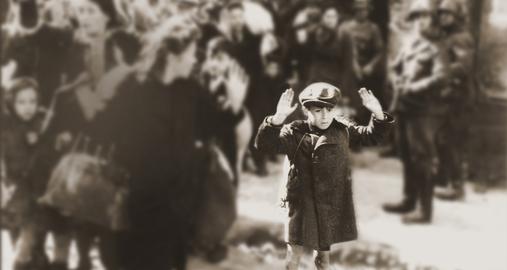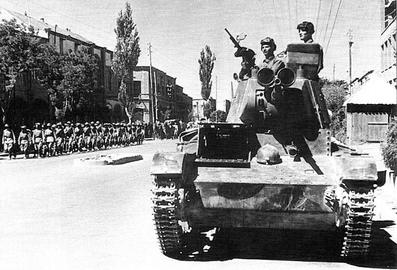During his recent visit to New York, President Hassan Rouhani said: “The Iranian people do not want to remain in the past.”
He’s right. We don’t.
But before we can move on, we need to acknowledge that past and have a public debate about the facts — good and bad — of our history. That’s just not going to happen under this regime.
To remain in power, our leaders need to cast Iran as a victim of powerful enemies – especially the United States. So they tell an edited version of our history, full of holes.
As an example, take the period right after the Revolution. The way the regime tells it, big, bad America abruptly cut off relations with Iran, and tried to organize a coup against the fledgling revolutionary leadership. But there’s a big hole in their account. The official version simply doesn’t mention the fact that Iranian students took over the US Embassy and held 52 people hostage for more than a year.
Here are another couple of important holes.
The “official” history details decades of American support for the treacherous “Zionist entity”, but completely ignores incidents like the Karine A seizure. The Karine A was a ship intercepted on the high seas in 2002. It was found to be brimful of Iranian weapons — including anti-tank mines, rockets and military grade explosives — being smuggled illegally to the Palestinian Authority.
Iranian politicians – reformists and hardliners alike – love to point out that Iran cooperated with America against both the Taliban and Saddam Hussein, and what did they get for their trouble? George Bush added Iran to the so-called “axis of evil”. What they don’t mention is the fact that in Iran was caught secretly refining and allegedly weaponizing nuclear material at Natanz, three hundred kilometers from Tehran.
(For centuries, Natanz was known for big game and hunters from around the world would to come to shoot trophy rams. Then, suddenly and discreetly, the Iranian government closed the area to sportsmen. No one knew why – until in 2003 the Mujahedin-e Khalq opposition group blew the whistle. A combination of Israeli intelligence, insider leaks and satellite data showed that Natanz was home to a huge clandestine uranium enrichment operation.
After this embarrassing revelation, the regime was forced to come clean and accept international oversight of its nuclear program. Since then the official mantra has been: “ We voluntarily accepted extra scrutiny, and we are playing by the world’s rules on nuclear development for civilian use.” But they never admit to they were caught cheating in the first place. Yet another hole.
All these holes in Iran’s official history are well known facts in the West.
They underpin the widespread view that Iran can’t be trusted, and complicate Iran’s diplomatic initiatives.
During the recent negotiations over the nuclear deal, Iranian politicians were indignant that Western countries were openly suspicious of Iran’s promises, but they did not — or could not — admit why that was so. Are they just pretending not to know the facts?
They – and we – continue to be prisoners of our past. The key to freedom and a better reputation in the world lies in an open and frank exploration of our history. I’m not holding my breath.
It reminds me of a story by one of my favourite writers, Guy de Maupassant.
A man, Maitre Hauchecorne, who is mistrusted locally, was strolling to market. He saw a little piece of string on the ground and picked it up. Across the road, an old enemy, Maitre Malandin, saw him stoop and tuck something in his pocket. When it turns out that someone in town has lost a purse, Malandin accuses Hauchecorne of finding and stealing it. Even when the purse is returned, Hauchecorne’s reputation meant that people refuse to believe he wasn’t the one who stole it.
De Maupassant writes,
“He [Hauchecorne ] went home , indignant, choking with rage, with confusion, the more cast down since...he knew he was...capable of having done what they accused him of.”






















comments